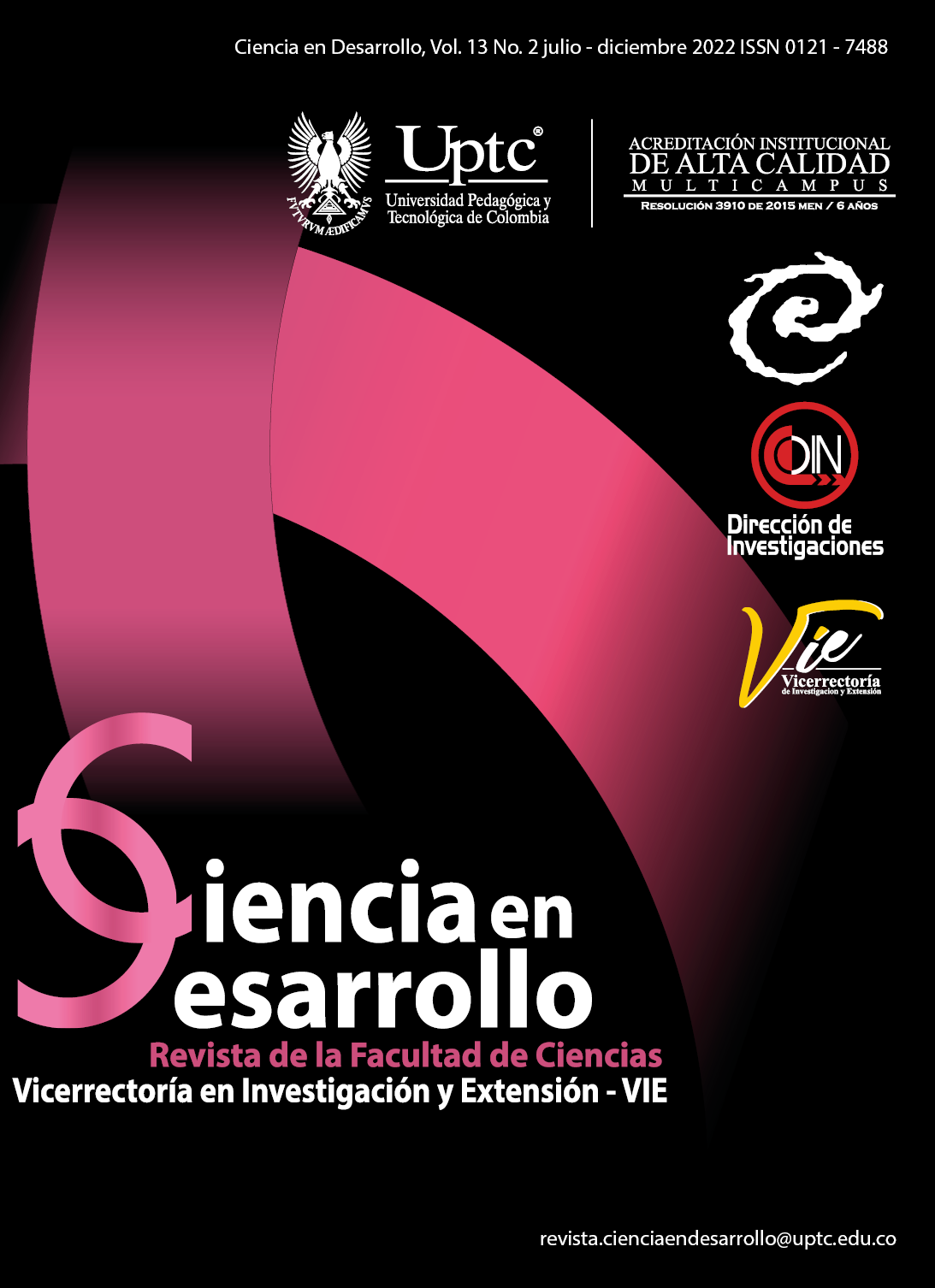Optimal Blood Glucose Control Through Continuous Insulin Infusion

Abstract
In this paper, we formulate the problem of the insulin supply regimen in a diabetic patient as an optimal control problem, so that there is no overdose or insufficiency of the hormonal drug under different feeding styles. The interaction between glucose and insulin is modeled as a nonlinear system of ordinary differential equations. We prove the existence and global uniqueness of the solution of the system, as well as for the optimal control. The optimal control problem is solved directly by using the quadratic sequential programming method. The numerical results suggest setting, according to the patient’s dietary style, the prescribed glucose concentration level to be maintained during the day. The analytical and numerical study of this proposal is expected to be helpful in future insulin pump developments.
Keywords
Optimal control, Nonlinear programming, lucose-insulin dynamic, diabetes, mathematical biology
References
- Ackerman, E., Gatewood, L., Rosevear, J. & Molnar, G. Model studies of blood-glucose regulation. Bulletin Of Mathematical Biology. vol. 27, pp. 21-37, 1965. DOI: https://doi.org/10.1007/BF02477259
- Ajmera, I., Swat, M., Laibe, C., Novère, N. & Chelliah, V. The impact of mathematical modeling on the understanding of diabetes and related complications. CPT: Pharmacometrics & Systems Pharmacology, vol. 2, pp. 1-14, 2013. DOI: https://doi.org/10.1038/psp.2013.30
- Alonso Cisneros, I. Técnicas de control en modelos matemáticos para la diabetes. Universidad de Cantrabria, 2015.
- Andrikov, D. & Kurbanov, S. Development of a Linear Model of Diabetes Mellitus with a PID Controller and a Method for Automatic Adjustment of the PID Controller. Intelligent Sustainable Systems, pp. 43-49, 2022. DOI: https://doi.org/10.1007/978-981-16-6309-3_5
- Apablaza,P.,Soto,N.,Román,R.&Codner,E. Nuevas Tecnologías en diabets. Revista Médica Clínica Las Condes, vol. 27, pp. 213-226, 2016. DOI: https://doi.org/10.1016/j.rmclc.2016.04.011
- Barbu, V. Mathematical methods in optimiza- tion of differential systems. Springer Science & Business Media, 2012.
- Barragán, F. Técnicas de control robusto H2/H para sistemas controlados a través de redes de comunicación. Universidad de Sevilla, 2012.
- Beato, P. Sistemas de páncreas artificial disponibles en el mercado español: ¿qué aportan al paciente?. Revista Diabetes. vol. 58, pp. 28-32, 2019.
- Bergman, R., Ider, Y., Bowden, C. & Cobelli, C. Quantitative estimation of insulin sensitivity. American Journal Of Physiology- Endocrinology And Metabolism, 236, E667, 1979. DOI: https://doi.org/10.1152/ajpendo.1979.236.6.E667
- Bolie, V. Coefficients of normal blood glucose regulation. Journal Of Applied Physiology, vol. 16, pp. 783-788, 1961. DOI: https://doi.org/10.1152/jappl.1961.16.5.783
- Bulirsch, R. & Stoer, J. Introduction to numerical analysis. Springer, 1996.
- Fatsecret Chile Calculadora conteo de calorías y carbohidratos por porción de alimento, 2021. https://www.fatsecret.cl/calorias-nutricion/
- Fisher, M. & Teo, K. Optimal insulin infusion resulting from a mathematical model of blood glucose dynamics. IEEE Transactions On Biomedical Engineering, vol. 36, pp. 479-486, 1989. DOI: https://doi.org/10.1109/10.18755
- Staten, M., Stern, M., Miller, W., Steffes, M., Campbell, S. & Workgroup, I. Insulin assay standardization: leading to measures of insulin sensitivity and secretion for practical clinical care. Diabetes Care, vol. 33, pp. 205-206, 2010. DOI: https://doi.org/10.2337/dc09-1206
- Huang, M., Li, J., Song, X. & Guo, H. Modeling impulsive injections of insulin: towards artificial pancreas. SIAM Journal On Applied Mathematics, vol. 72, pp. 1524-1548, 2012. DOI: https://doi.org/10.1137/110860306
- Kapur, J. Mathematical modelling. New Age International, 1988.
- Knopp, J., Holder-Pearson, L. & Chase, J. Insulin Units and Conversion Factors: A Story of Truth, Boots, and Faster Half-Truths. Journal Of Diabetes Science And Technology, vol. 13, pp. 597-600, 2019. DOI: https://doi.org/10.1177/1932296818805074
- König Quantifying the Contribution of the Liver to Glucose Homeostasis: A Detailed Kinetic Model of Human Hepatic Glucose Metabolism. PLOS Computational Biology, vol. 8, pp. 1-17, 2012. DOI: https://doi.org/10.1371/journal.pcbi.1002577
- Leon, B., Alanis, A., Sanchez, E., Ornelas- Tellez, F. & Ruiz-Velazquez, E. Neural inverse optimal control applied to type 1 diabetes mellitus patients. Analog Integrated Circuits And Signal Processing, vol. 76, pp. 343-352, 2013. DOI: https://doi.org/10.1007/s10470-013-0109-8
- ̈Medtronic Minmed Inc Información básica sobre el tratamiento con bomba de insulina. (2015),
- Mirzaee, A., Dehghani, M. & Mohammadi, M. Optimal impulsive blood glucose control through multiple injections. Chaos, Solitons & Fractals, vol. 152, pp. 111326, 2021. DOI: https://doi.org/10.1016/j.chaos.2021.111326
- Myfitnesspal Calculadora conteo de calorías y carbohidratos por porción de alimento, 2021. https://www.myfitnesspal.com/es/food/search
- Nocedal, J. & Wright, S. Numerical opti- mization. Springer Science & Business Media, 2006.
- Pan, D., Wang, K., Zhou, Z., Liu, X. & Shen, J. FAHP-based Mathematical Model for Exercise Rehabilitation Management
- of Diabetes Mellitus. arXiv, 2022. https://arxiv.org/abs/2201.07884
- Parker, R., Doyle, F. & Peppas, N. A model- based algorithm for blood glucose control in
- Type I diabetic patients. IEEE Transactions On Biomedical Engineering, vol. 46, pp. 148-157, 1999. DOI: https://doi.org/10.1109/10.740877
- Pedregal, P. Introduction to optimization. Springer New York, 2006.
- Rathee, S. & Nilam ODE models for the man- agement of diabetes: A review. International Journal Of Diabetes In Developing Countries, vol. 37, pp. 4-15, 2017. DOI: https://doi.org/10.1007/s13410-016-0475-8
- Song, X., Huang, M. & Li, J. Modeling Impulsive Insulin Delivery in Insulin Pump with Time Delays. SIAM Journal On Applied Mathematics, vol. 74, pp. 1763-1785, 2014. DOI: https://doi.org/10.1137/130933137
- Swan, G. An optimal control model of diabetes mellitus. Bulletin Of Mathematical Biology, vol. 44, pp. 793-808, 1982. DOI: https://doi.org/10.1016/S0092-8240(82)80043-8
- Uvaliyeva, I. & Ismukhamedova, A. Mathe- matical Model for Early Diagnosis of Diabetes Mellitus 2021 International Young Engineers Forum (YEF-ECE), pp. 104-108, 2021. DOI: https://doi.org/10.1109/YEF-ECE52297.2021.9505105
- Velásquez, S., Velásquez, R., Leyton, M., Borjas, J. & Custodio, A. Modelado del control de la regulación de Glucosa. Universidad, Ciencia Y Tecnología, vol. 17, 2013.
- Wang, L. PID Control System Design and Automatic Tuning using MATLAB/Simulink. Wiley-IEEE Press, 2020. DOI: https://doi.org/10.1002/9781119469414